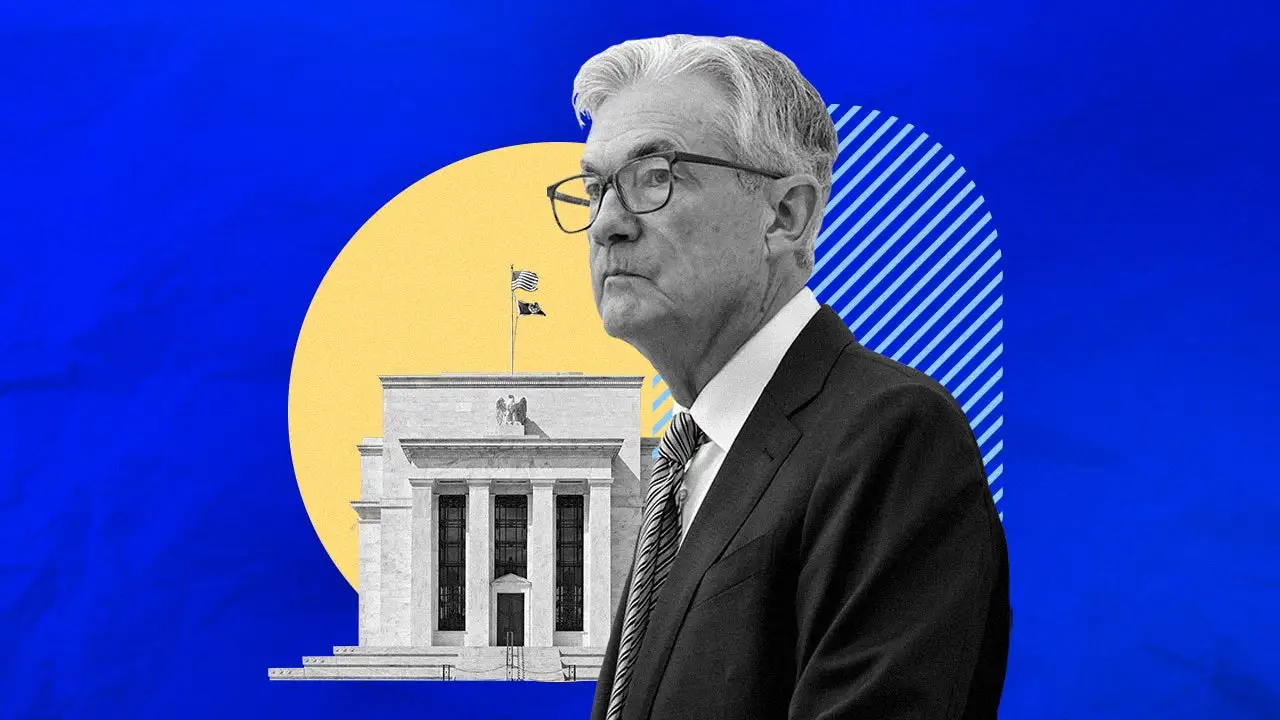In recent years, the global economy has faced a series of challenges, and monetary policy plays a crucial role in this scenario. One of the main institutions responsible for shaping the economic environment in the United States is the Federal Reserve (FED), which has the task of adjusting interest rates to control inflation, promote economic growth, and manage unemployment. This article examines how the FED’s actions influence the economy, focusing specifically on interest rates and the implications for the job market, such as layoffs that can occur during times of uncertainty.
What is the Federal Reserve Interest Rate?
The FED interest rate, known as the "Fed Funds Rate", is the rate banks charge each other for short-term loans, often made overnight. This rate is one of the main instruments used by the FED to influence the economy. When the FED raises the interest rate, banks pass these higher costs on to consumers, making credit more expensive. This means that any type of loan – be it for credit cards, car financing, or mortgages – becomes more expensive for the average consumer.
In recent years, the FED has increased interest rates significantly, from near zero to somewhere between 5% and 5.25% in a relatively short period. This decision was made as a way to control inflation by encouraging less borrowing and reducing excessive consumption. However, because the interest rate affects the cost of borrowing for businesses and consumers, raising it can have side effects, such as slowing economic growth and increasing unemployment.
How Rising Interest Rates Affect Consumers
With the increase in interest rates, the cost of short-term loans, such as credit card balances, has skyrocketed. Currently, credit card interest rates can reach 27% or 28%, which are considered high figures. At the same time, car financing and other types of personal credit have also become more expensive.
These changes have a direct impact on consumer behavior. With the rise in credit costs, consumers are forced to rethink their purchases and avoid unnecessary loans. This, in turn, reduces overall consumption, slowing economic growth. This is exactly the effect the FED hopes to achieve by raising interest rates: less money circulating in the economy to control inflation.
The FED’s Role in Times of Economic Uncertainty
In times of uncertainty, such as geopolitical crises, presidential elections, or unexpected global events, the FED tends to act in a way that stabilizes the economy. Historically, when the economic environment becomes uncertain and companies start to cut costs, one of the first measures they take is to cut jobs.
This trend is fueled by the fact that the cost of labor is one of the biggest expenses for companies. Therefore, in times of uncertainty, we see an increase in layoffs, even if the FED is in the process of lowering interest rates. The logic is that companies prefer to cut personnel costs before adjusting prices or seeking other ways to increase operational efficiency.
The Current Scenario and Expectations for the Future
In recent months, the FED has signaled that it may cut interest rates to stimulate the economy. However, there is a "lag time" before these cuts take effect. It is expected that even with the cut of 25 to 50 basis points in interest rates, consumers and businesses will be slow to resume their normal levels of spending and investment.
This adjustment time is even more important in a context of political uncertainty, such as a presidential election in the United States or geopolitical tensions abroad. As we have seen recently, companies like Cisco and Kelloggs have already begun to make significant cuts to their teams, a trend that could intensify as uncertainty continues to loom over the global economy.
The Impact of Interest Rates on the Job Market
The increase in layoffs during periods of uncertainty is nothing new, and this phenomenon is closely linked to rising interest rates. When companies face an uncertain economic environment and the cost of credit is high, laying off workers becomes a quick and efficient way to cut costs.
Moreover, even if the FED begins to lower interest rates, the impact on the job market may not be immediate. As mentioned earlier, there is a "lag time" between the decision to cut rates and the actual recovery of the economy. During this interval, companies may still be on alert and continue with layoffs until the economic climate improves substantially.
Currently, the unemployment rate in the US is gradually rising. In a period of just two months, it went from 4.1% to 4.3%, with projections that it could reach 4.4% or more. This increase in unemployment reflects the growing uncertainty faced by businesses and consumers.
The Relationship Between Global Economic Uncertainty and the Job Market
In addition to domestic issues, global factors such as geopolitical conflicts – for example, the war between Russia and Ukraine, tensions in the Middle East, and economic decisions made in other countries, such as Japan – also affect the economic climate in the US. These events not only cause volatility in financial markets but also generate a ripple effect that impacts the behavior of American companies. When the global scenario is uncertain, companies tend to be more conservative, adopting cost-cutting policies and, often, layoffs.
Final Thoughts
Given the complexity and interconnectedness of the global economy, the actions of the Federal Reserve have far-reaching effects. When the FED adjusts interest rates, the repercussions are felt across the economy, from the average consumer to large corporations. While lowering interest rates may eventually encourage consumption and investment, the impact on the job market and businesses may take time to materialize. In the meantime, layoffs may continue, especially in sectors more sensitive to economic fluctuations.
For those seeking to navigate these uncertain times, the best approach is to be aware of macroeconomic trends and maintain a cautious stance regarding financial and employment decisions.
Conclusion:
As the Federal Reserve navigates the murky waters of monetary policy and companies adapt to an uncertain economic environment, it is essential for workers and consumers to be aware of changes in the economic landscape. While layoffs are a common response by companies during times of uncertainty, lowering interest rates may bring some relief, albeit gradually. Be prepared for the challenges that arise in a volatile economic environment and always seek to maintain a prudent stance in financial decisions.


